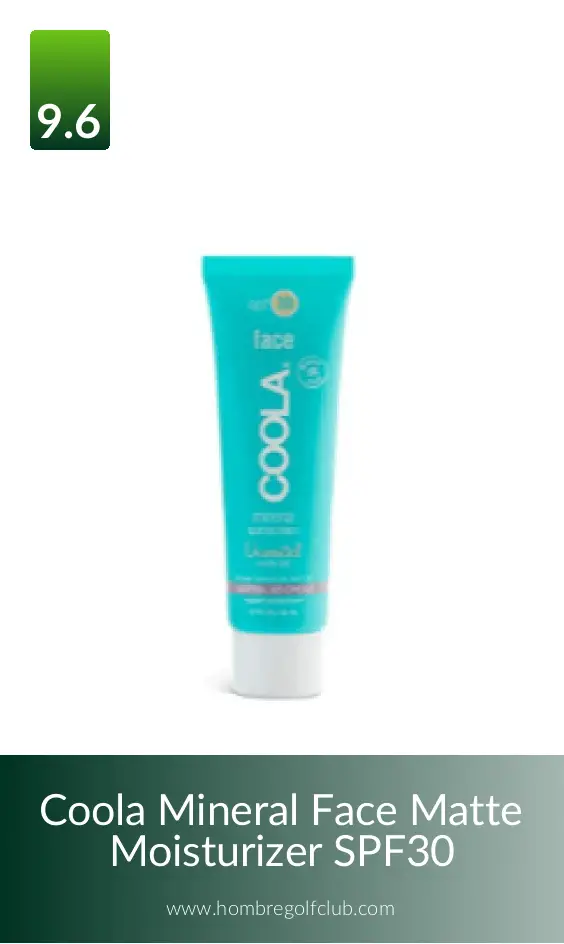
- COOLA SUNSCREEN ALLERGIC REACTION HOW TO
- COOLA SUNSCREEN ALLERGIC REACTION SKIN
- COOLA SUNSCREEN ALLERGIC REACTION FREE
If you’re using a chemical sunscreen, try swapping it out for a zinc- or titanium-based mineral one, Wassef says, which is less likely to trigger a reaction. If that doesn’t help, she suggests seeing a dermatologist, who might prescribe you a stronger steroid or other medications that can provide relief. If you start noticing symptoms, try applying 1% hydrocortisone cream or ointment to the affected area, Wassef says. What can I do if I think I’m allergic to my sunscreen? It looks similar but takes less time to surface, usually within a few hours. irritant contact dermatitis, than a true allergy, she explains. The good news is that sunscreens are more likely to cause irritation, a.k.a. A host of ingredients can cause it, but the preservatives and fragrances - not necessarily the active ingredients that offer protection - are “by far the most common,” Wassef says. If you have photocontact dermatitis, you’ll likely notice a rash within 1 to 3 days of wearing it in the sun. In the case of allergic contact dermatitis, you might notice a rash within 1 to 3 days of putting on the sunscreen, but over time it may show up more quickly.


It can be triggered by either merely applying the sunscreen itself in a reaction known as allergic contact dermatitis, or applying it and staying out in the sun in a reaction known as photocontact dermatitis.

What is a sunscreen allergy, anyway?Ī sunscreen allergy typically appears as an itchy and/or painful rash or hives, Wassef tells me.
COOLA SUNSCREEN ALLERGIC REACTION HOW TO
Wassef broke down how to know whether you’re allergic to sunscreen and if so, what to do about it. To get a better handle on this phenomenon, I spoke with Cindy Wassef, assistant professor at the Center for Dermatology at Rutgers Robert Wood Johnson Medical School. Not everyone can rely on this standard form of protection, though, specifically people who have a sunscreen allergy.
COOLA SUNSCREEN ALLERGIC REACTION SKIN
But if we don’t want these long-awaited reunions leaving us with lovely, lobster-hued sunburns - which, yes, even the darker-skinned among us are susceptible to - not to mention a higher risk of skin cancer, then we’ll need to slather on the SPF. Over fifty percent of US waterways are polluted, with much of the damage coming from the over-use of pesticides.As the days heat up, Hot Vax Summer is beckoning us to sprawl out with our friends by the pool, on the lawn, and wherever else we used to gather in the Before Time.

We look at the entire sunscreen formula – not just SPF actives – when evaluating our success. Our passion has always been to create organic sunscreens that safely protect our friends and our environment.
COOLA SUNSCREEN ALLERGIC REACTION FREE
We have always been free of Oxybenzone, and as these guidelines have continued to develop, COOLA is taking the appropriate steps towards being entirely Octinoxate-free by the end of 2018. This includes our entire Mineral Collection along with an assortment of our Classic Sunscreens. While there is no specific test to certify a sunscreen as reef-friendly, many of our sunscreens adhere to all of the guidelines of being considered reef-friendly, meaning they are free of the chemical sunscreen actives Oxybenzone and Octonixate, and utilize plant based ingredients.


 0 kommentar(er)
0 kommentar(er)
